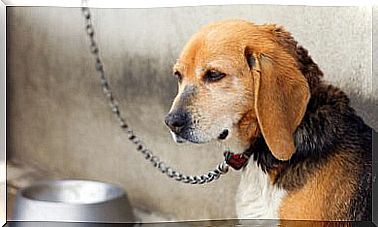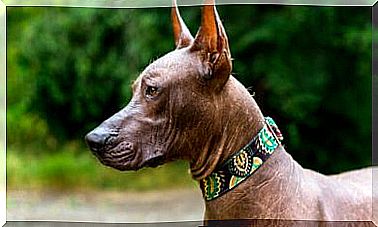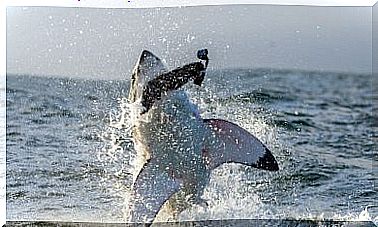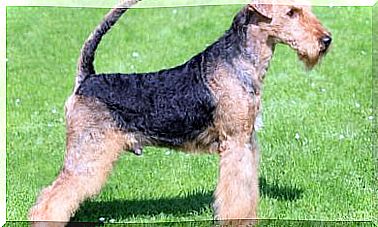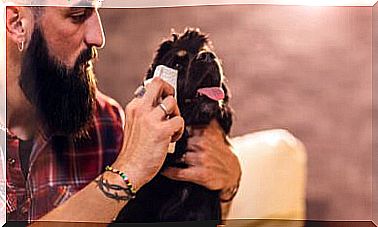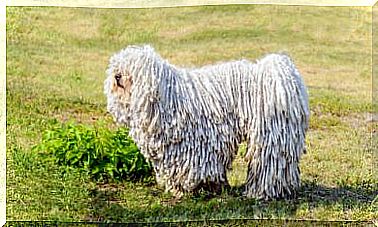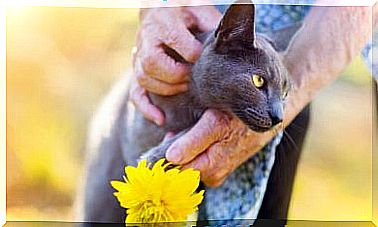Can Dogs Suffer From Obsessive Compulsive Disorder?
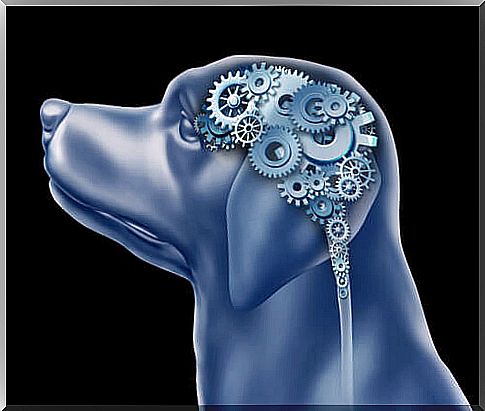
There are many types of obsessive compulsive disorder, especially in mammals. In fact, humans are also affected by this debilitating problem.
In pets, the problem often originates from a period of stress. Inadvertently, many owners encourage the dog to perform certain actions by praising or paying attention to the repetitive behavior.
It is recognized that you may also have inherited a predisposition to obsessive compulsive disorder. Cocker spaniels, for example, have a predisposition to guarding objects and sometimes their own body space.
Is obsessive compulsive disorder recognized as a canine condition?
Yes, dogs can suffer from many powerful and obsessive behaviors. The most common are spinning, tail chasing, chasing shadows and lights, licking walls, protecting objects, sucking on toys or blankets.
Other obsessive compulsive behaviors observed are hallucinating (biting imaginary flies), appetite for non-food substances such as dirt, rocks or feces, swinging with rhythm, staring and vocalization. Some dogs also show the potential for aggression.
Dogs can reach a stage where they injure themselves or destroy things, which is often related to separation anxiety. Here are some of these behaviors:
1. Turn or chase your tail
The bull terrier breed, and particularly English bull terriers, have a propensity for this condition. Although, of course, they are not the only breeds that suffer from this disorder.
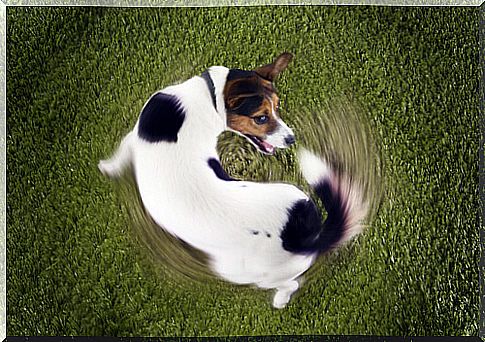
Recent research has suggested that tail chasing, specifically in bull terriers, could be a form of autism. A 2011 study by Moon-Fanelli et al. determined that the compulsion to chase the tail is more prevalent in males. They also concluded that it appears to be associated with trance behaviors and episodic aggression.
These findings, along with repetitive tail-chasing behavior and a tendency toward phobias, led experts to conclude that tail-chasing could represent a canine form of autism.
However, it should be noted that these conclusions are not final. The same study also indicated that this syndrome in dogs could be related to a genetic condition called Fragile X syndrome.
Call for Caution Regarding the Diagnosis of Canine Autism
It is important to note that there are a number of other difficult-to-diagnose canine conditions, such as anxiety and pain disorders. These conditions can cause clinical signs similar to those associated with autism.
Therefore, in all the rare cases, such as the bull terriers mentioned above, the best thing veterinarians and owners can do for now is to say that a dog “could have autism.”
For a dog to be provisionally diagnosed with autism, it must exhibit atypical repetitive behaviors and some degree of impaired social interaction with dogs or people. Additionally, a veterinarian must first rule out other conditions that could be responsible for the observed clinical signs.
2. Protection of resources, a clear obsessive compulsive disorder
Resource protection is a behavior that dogs perform to protect a ‘resource’. The resource could be a toy, food, any object, and even you.

The behavior is designed to ensure that this resource will not be lost. It manifests itself in different ways, and owners are often unaware that their dog is watching until the behavior becomes more obvious.
Defense implies reaching aggression. Both may seem quite similar, but if a dog is afraid, they can try to retreat. The dog can use active aggression if the withdrawal has not been successful.
Genetics can be a trigger for behaviors such as resource protection. This behavior is seen very frequently in cocker spaniels.
3. Lick the paws
This behavior could start with an initial organic problem such as an injury or allergy. But, eventually, it can evolve from psychological problems such as anxiety.

The constant licking causes endorphins in the brain that create a wellness factor. Therefore, the dog repeats the behavior to obtain its endorphin.
Boredom, stress, inactivity, and allergies can trigger an episode of obsessive licking. The important thing is to try to find what the trigger is and then try to eliminate the causation so that you can treat it.
4. Obsession of light and shadow:
This is a classic obsessive compulsive disorder and is usually caused by one of several stimuli. The most common are created by the owner. Often, it can start accidentally when a person turns on a light and causes a moving light or shadow.
The dog reacts and chases the movement of the light. The owner finds it funny and repeats it several times and bingo! The dog has started the path of light and shadow, which gives rise to OCD. Other situations can stimulate the dog to this action.
It is often seen in dogs that are left alone for long periods. The curtains or blinds flutter causing the movement of the light that flows through; the dog finds it interesting to follow the light.
Once again, endorphins are produced and OCD is produced. The most common breed to suffer from this is the Border Collie. Other flock dogs can also succumb to this light or shadow stimulation.
Although obsessive compulsive disorder will not always be caused by classic separation anxiety, it can be stimulated by long absences. Experts believe that it could also be related to the onset of dementia or Alzheimer’s.
There are treatments for this behavior, but a complete cure or solution is not always possible. Serotonin treatment is used with some frequency. So-called ‘noise aversion therapy’ has also been used to break the cycle of obsessive compulsive disorder.
